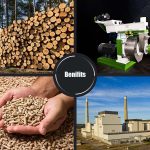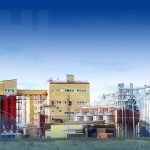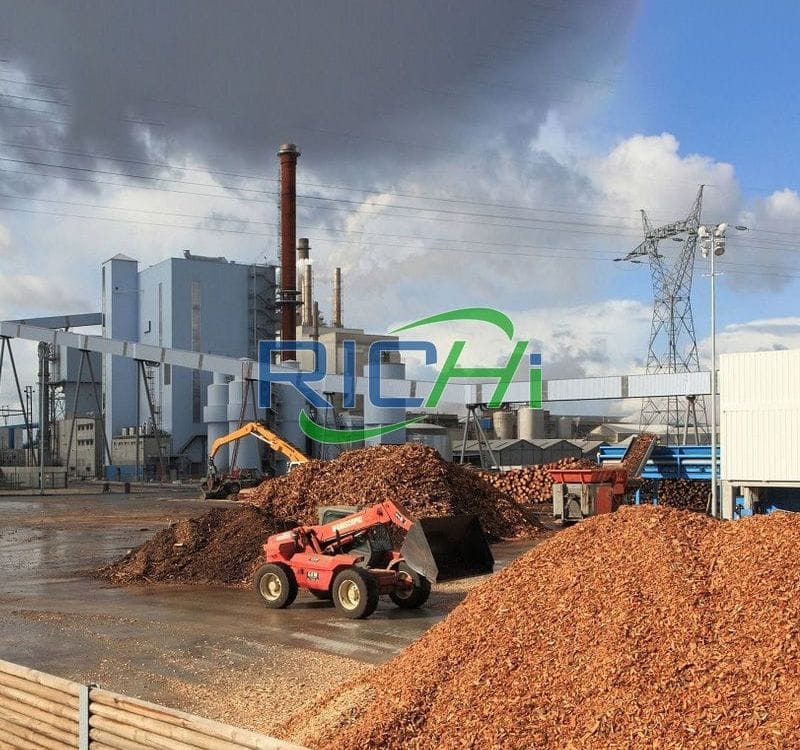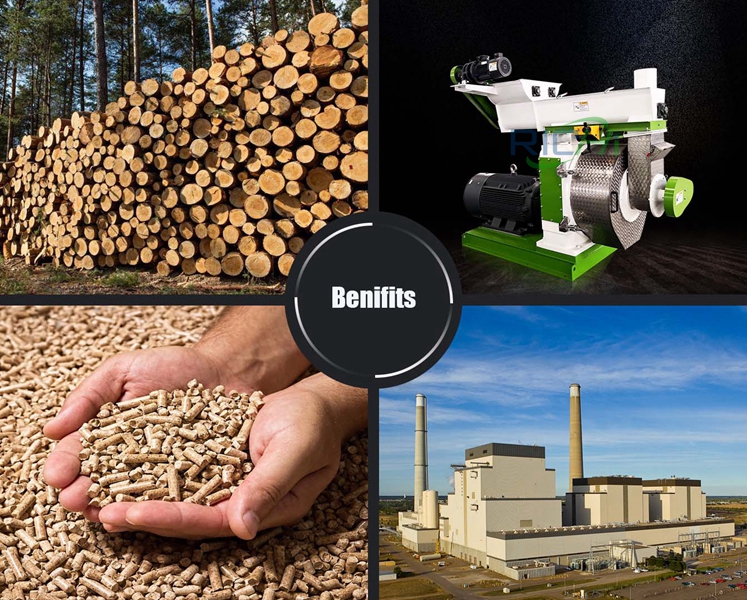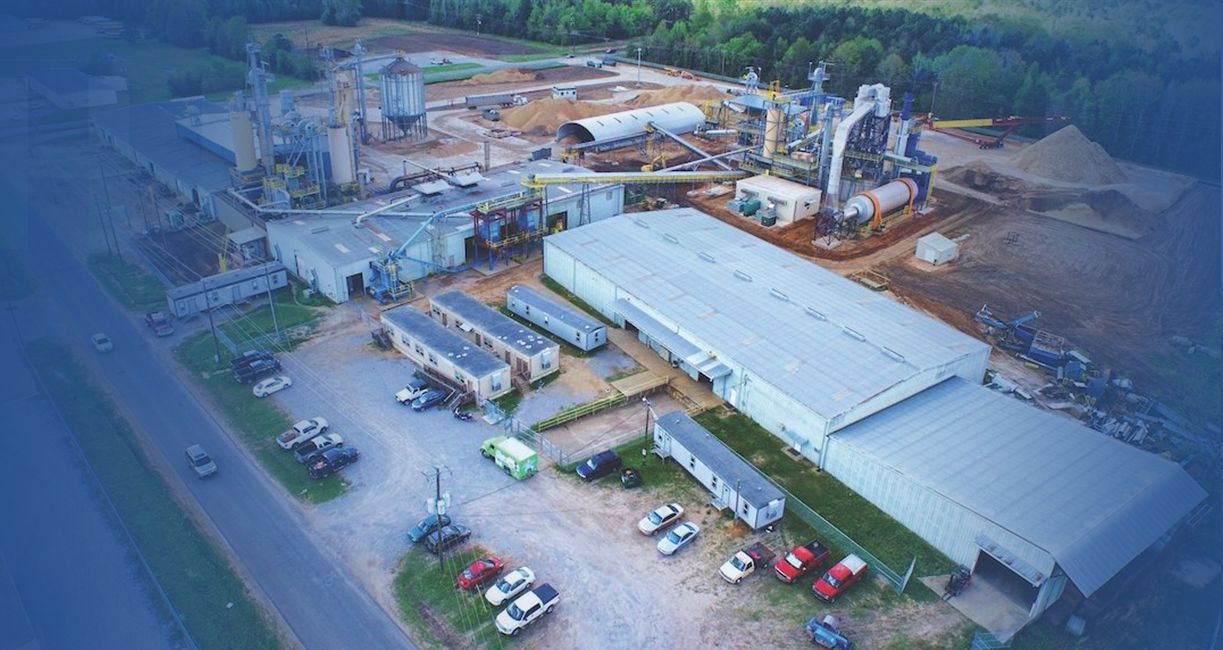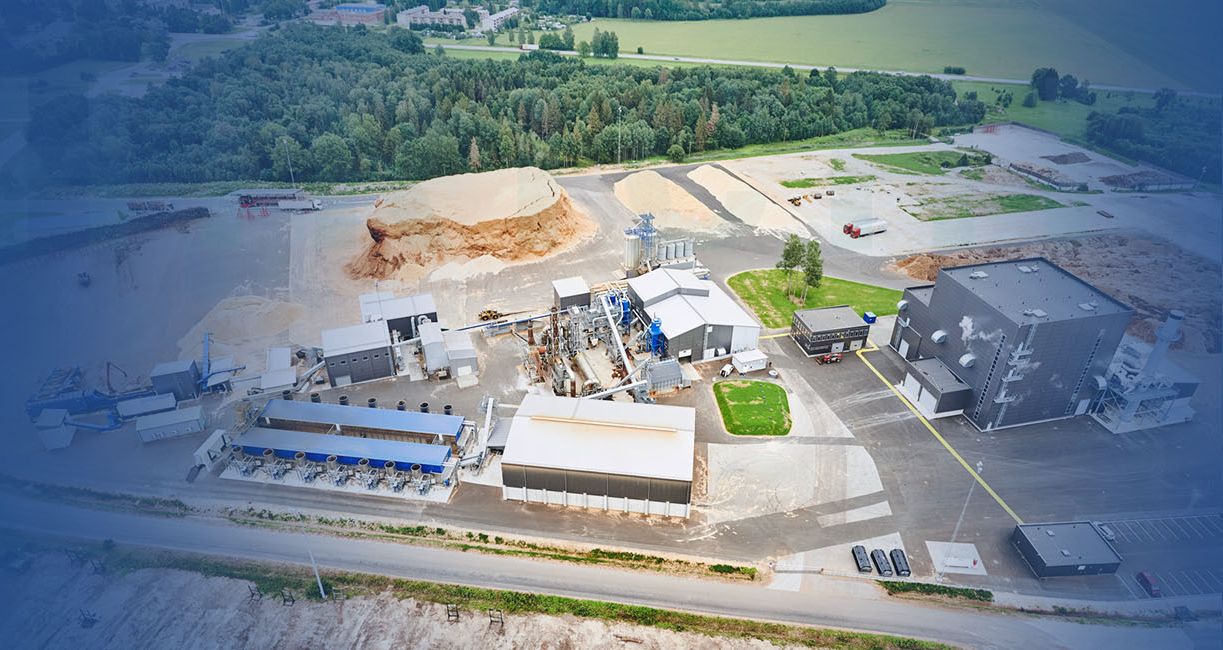As the world transitions towards a more sustainable and eco-friendly future, the demand for renewable energy sources has skyrocketed. Among the various options available, wood pellets have emerged as a game-changer, offering a clean, efficient, and cost-effective alternative to traditional fossil fuels. With the growing popularity of wood pellets, the market for wood pellet manufacturing plants has flourished, presenting lucrative opportunities for investors and entrepreneurs alike.
The Rise of Wood Pellets: A Sustainable Energy Solution
Wood pellets are a densified form of biomass fuel, typically made from compressed sawdust, wood shavings, or other woody residues. These compact pellets offer numerous advantages over traditional firewood or loose biomass, including:
- High Energy Density: Wood pellets are densely packed, providing a higher energy content per unit volume, making them more efficient for transportation and storage.
- Consistent Quality: The manufacturing process ensures a uniform size, shape, and moisture content, resulting in consistent combustion and heat output.
- Reduced Emissions: When burned, wood pellets produce lower levels of particulate matter and greenhouse gases compared to fossil fuels, contributing to a cleaner environment.
- Renewable and Sustainable: Wood pellets are made from renewable biomass sources, such as sawmill residues, forest thinnings, and agricultural waste, making them a sustainable energy option.
As the demand for renewable energy continues to grow, the wood pellet industry has experienced a significant surge, driving the need for efficient and reliable wood pellet manufacturing plants.
Wood Pellet Manufacturing Plants for Sale: Seizing the Opportunity
With the increasing popularity of wood pellets, the market for wood pellet manufacturing plants has flourished, presenting a lucrative opportunity for investors and entrepreneurs. These plants are designed to transform raw biomass materials into high-quality wood pellets, catering to a wide range of applications, including residential heating, industrial boilers, and co-firing in power plants.Investing in a wood pellet manufacturing plant offers several advantages:
- Diversified Revenue Streams: Wood pellets can be sold to a variety of markets, including residential, commercial, and industrial sectors, providing diversified revenue streams and reducing dependence on a single market.
- Sustainable Business Model: With the growing emphasis on renewable energy and environmental sustainability, the demand for wood pellets is expected to continue rising, ensuring a stable and long-term market for the product.
- Utilization of Waste Materials: Wood pellet manufacturing plants can utilize a wide range of waste materials, such as sawdust, wood shavings, and agricultural residues, contributing to waste reduction and resource optimization.
- Potential for Vertical Integration: Investors can explore opportunities for vertical integration by combining wood pellet manufacturing with other related businesses, such as forestry operations, sawmills, or biomass power plants.
Factors to Consider When Purchasing a Wood Pellet Manufacturing Plant
When considering the purchase of a wood pellet manufacturing plant, several factors must be taken into account to ensure a successful and profitable investment:
- Production Capacity: Determine the desired production capacity based on market demand, available feedstock, and future growth plans. Plants with higher capacities typically require larger upfront investments but offer economies of scale.
- Feedstock Availability and Quality: Assess the availability and quality of the biomass feedstock in the local area. Consistent and reliable feedstock supply is crucial for maintaining uninterrupted production and ensuring high-quality pellets.
- Location and Infrastructure: Choose a location with access to transportation networks, utilities, and skilled labor. Proximity to feedstock sources and end-markets can significantly impact operational costs and logistics.
- Equipment and Technology: Evaluate the equipment and technology used in the plant, considering factors such as efficiency, automation, and scalability. Investing in advanced and energy-efficient equipment can improve productivity and reduce operational costs in the long run.
- Environmental Regulations and Permitting: Ensure compliance with local and national environmental regulations, obtaining necessary permits and approvals for the construction and operation of the plant.
- Financial Considerations: Conduct a thorough financial analysis, including capital investment requirements, operating costs, projected revenue streams, and potential financing options. A well-planned financial strategy is essential for the long-term viability of the investment.
Related post: https://www.richipelletmachine.com/wood-pellet-making-machine-price/
Exploring the Market: Wood Pellet Manufacturing Plants for Sale
As the demand for wood pellets continues to grow, numerous opportunities have emerged for investors and entrepreneurs to acquire existing wood pellet manufacturing plants. These plants may be available for sale due to various reasons, such as business restructuring, expansion plans, or retirement of the current owners.When exploring the market for wood pellet manufacturing plants for sale, it is crucial to conduct thorough due diligence and seek the assistance of experienced professionals. This includes:
- Plant Inspection: Arrange for a comprehensive inspection of the plant, including an assessment of the equipment condition, production capacity, and compliance with safety and environmental regulations.
- Financial and Legal Review: Carefully review the plant’s financial records, contracts, and legal documents to ensure transparency and identify any potential liabilities or encumbrances.
- Market Analysis: Conduct a detailed market analysis to assess the demand for wood pellets in the local and regional markets, as well as potential competition and pricing strategies.
- Transition Planning: Develop a comprehensive transition plan to ensure a smooth handover of operations, including employee retention, supplier and customer relationships, and any necessary upgrades or modifications to the plant.
By thoroughly evaluating the available options and conducting proper due diligence, investors and entrepreneurs can make informed decisions and maximize the potential of their wood pellet manufacturing plant investment.
The Future of Wood Pellet Manufacturing
As the world continues its transition towards a more sustainable and eco-friendly future, the demand for renewable energy sources like wood pellets is expected to grow exponentially. This presents a significant opportunity for investors and entrepreneurs to capitalize on the growing market for wood pellet plants.
Furthermore, ongoing research and innovation in areas such as advanced biomass processing technologies, alternative feedstock sources, and carbon capture and storage techniques are poised to further enhance the efficiency and sustainability of wood pellet production.By investing in wood pellet manufacturing plants, entrepreneurs and investors can not only tap into a lucrative market but also contribute to the global effort towards a cleaner and more sustainable energy future, positioning themselves at the forefront of the renewable energy revolution.



